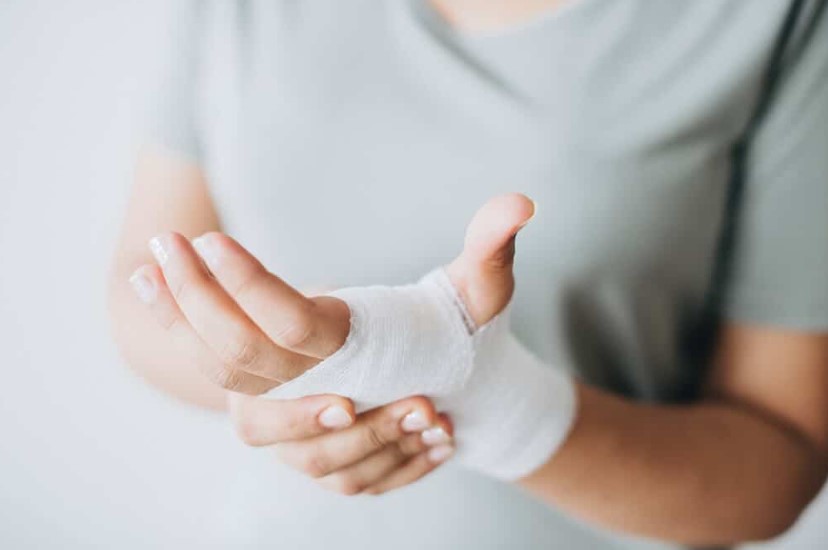
If you’ve suffered from soft issue injury, you’re not alone. Almost every sport or exercise will lead to some sort of soft issue injury. Physiotherapists are well versed in managing injuries to soft tissues, and this article will go over the symptoms, treatments, and grades of soft issue injury. The principles of PRICE apply to all types of acute injuries, including sports injuries. However, it’s particularly important to follow the guidelines of your sport or activity to prevent and treat soft issue injury.
Symptoms
What is a soft issue injury? You can start learning through symptoms. Symptoms of soft issue injuries vary widely. A sprained ankle or twisted knee, for example, can lead to bleeding, inflammation, and severe pain. However, the majority of these injuries will recover on their own, given adequate rest. In addition, icing the affected area for 20 minutes at a time can reduce inflammation and provide pain relief. This treatment is known as RICE. For a sprained ankle, ice should not be applied directly to the skin. Compression bandages can help reduce swelling.
Symptoms of a soft issue injury include pain, swelling, and bruising around the area of injury. In addition to pain, the affected joint may be unstable or even dislocated. Fortunately, many soft-tissue injuries can be treated with rest and ice. A good exercise program, swimming, biking, or running, will help limit the impact on the affected area and prevent further damage. Afterwards, an orthopedic physician can help you determine the best course of treatment.
Treatment
The treatment for soft issue injuries varies based on their severity. Mild injuries are those that do not affect more than 10 per cent of the tissue’s structure. More severe injuries, on the other hand, affect up to ninety per cent of the tissue structure. A mild injury may heal itself, but a more serious injury may require physiotherapy and rehabilitation. In addition to proper diagnosis and treatment, a soft issue injury must be properly managed as it may result in scar tissue that may have lasting consequences.
In the initial phase, soft issue injury treatment includes rest, ice, compression, and elevation. Rest relieves pain, reduces swelling, and increases blood flow. Massage and heat may be used to reduce pain and stiffness. It is important to avoid strenuous activity while recovering from a soft issue injury. A physical therapist can prescribe a rehabilitation plan based on the severity of the soft tissue injury and the age of the patient.
Prevention
Optimal nutrition is essential in the prevention of soft tissue injury. A balanced nutritional regime should contain sufficient amounts of vitamins, minerals, and fluids. Moreover, nutrition with anti-inflammatory properties plays an important role in this process. Clinical nutritionists recommend consuming a diet rich in natural oils and fats to prevent inflammatory processes in the body. They also recommend avoiding high-fat or salty foods. Here are some tips for a healthier and more active lifestyle.
Proper hydration is essential in reducing the risks of soft issue injury. Proper intake of water increases the body’s ability to eliminate toxins, lubricate joints, and increase energy and alertness. A good hydration strategy also delivers vitamins and minerals to the soft tissue, which helps to maintain body temperature and prevent cramps. Proper hydration strategies also help to reduce inflammation and promote a faster recovery.
Grades
In an effort to standardize grading systems for soft issue injuries, the AO and the OTA have produced a standardized system that identifies different anatomical structures and severity groups. These structures include the skin, muscles and tendons, and neurovascular system. Soft-issue injuries are categorized according to whether the tissue is injured with an open or closed fracture. The severity of the lesion is determined by the severity of the pain and swelling.
A Grade 1 injury involves only minor tearing of the tissue fibres. A grade two injury is more severe, involving significant swelling and instability of the affected joint structure. Recovery from a soft issue injury can take anywhere from six weeks to two months. A physiotherapist can help determine the best recovery plan for each injury type. A soft-issue injury is divided into two general categories: acute (swelling and tenderness), and chronic (swelling and pain) or overuse or repetitive use.

